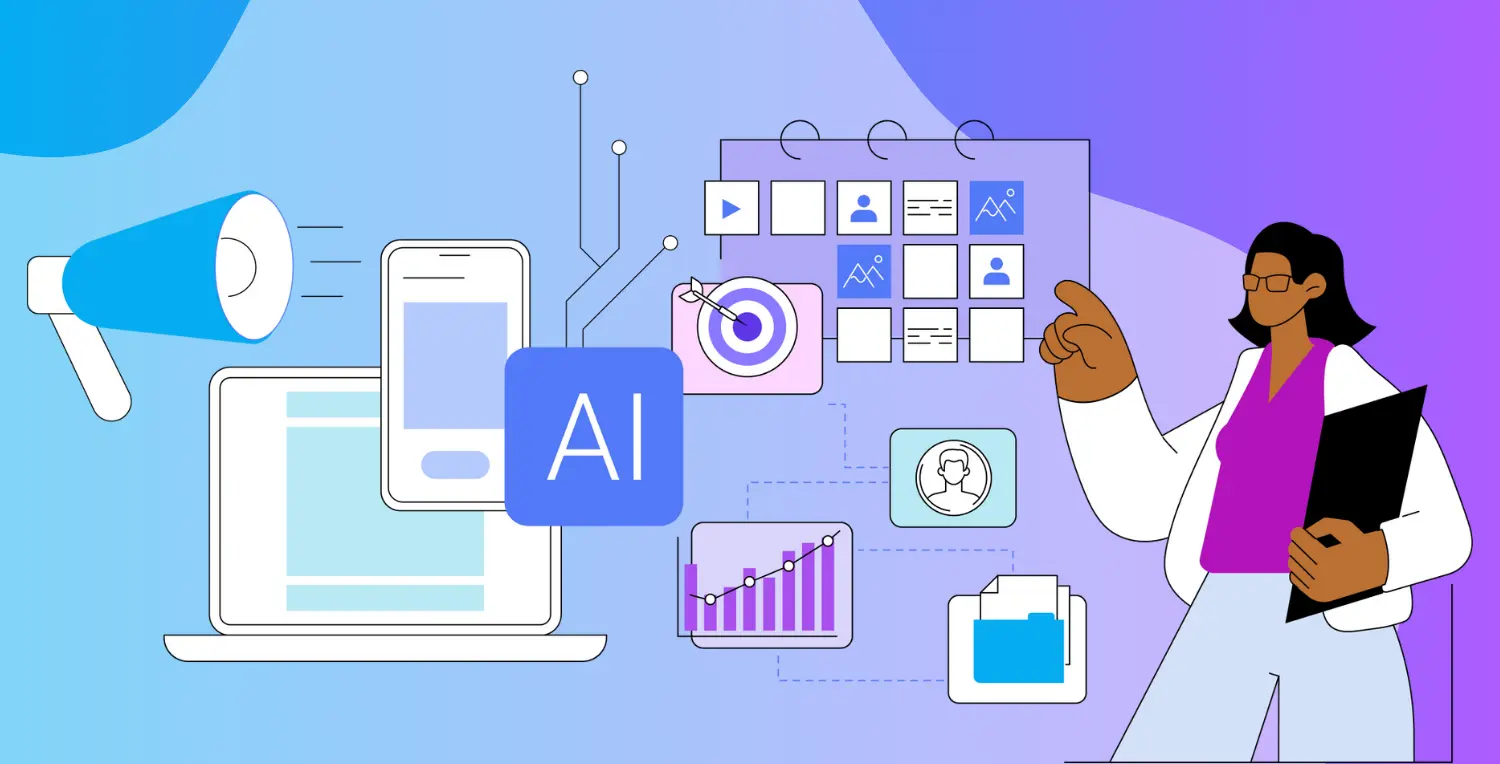Slack and Microsoft Teams are popular communication platforms companies use to streamline internal communication and collaboration. While these tools can be effective for team communication, they're not a substitute for a dedicated employee community.
An employee community's primary benefit is that it creates a space for employees to connect and collaborate on an asynchronous, deeper level beyond real-time communication. A community can foster a sense of belonging and shared purpose, increasing engagement and productivity. In contrast, Slack and Teams are designed primarily for team-based communication, and conversations can quickly become siloed.
Another advantage of a community is it can facilitate knowledge-sharing and learning across the organization. Employees can share their expertise and learn from others in a way that is not possible through one-to-one or team-based communication. This can lead to increased innovation, creativity, and a more informed and capable workforce.
In addition, communities can provide opportunities for networking and relationship-building across the organization. This can be particularly valuable for employees who work in different locations or departments and may have few opportunities to connect. Slack and Teams aren't designed to facilitate these interactions, and it can be difficult for employees to build relationships beyond their immediate team.
Finally, a dedicated community can provide a sense of continuity and history that is difficult with tools like Slack and Teams. Communities can archive information and discussions, making it easier for employees to find and reference information over time. This can be particularly valuable for new employees who need to get up to speed quickly and those working on long-term projects.
In summary, while Slack and Microsoft Teams are great tools for team communication, they're not a substitute for a dedicated community for employees. A community can foster a sense of belonging, facilitate knowledge-sharing and learning, provide networking opportunities, and create a sense of continuity and history.
The best practice we have seen is to use Slack or MS Teams in a complementary way with your employee community. By investing in a dedicated community, companies can create a more engaged and connected workforce better equipped to achieve their goals.
Contact Social Edge today if you have questions about a new employee community for your organization.












